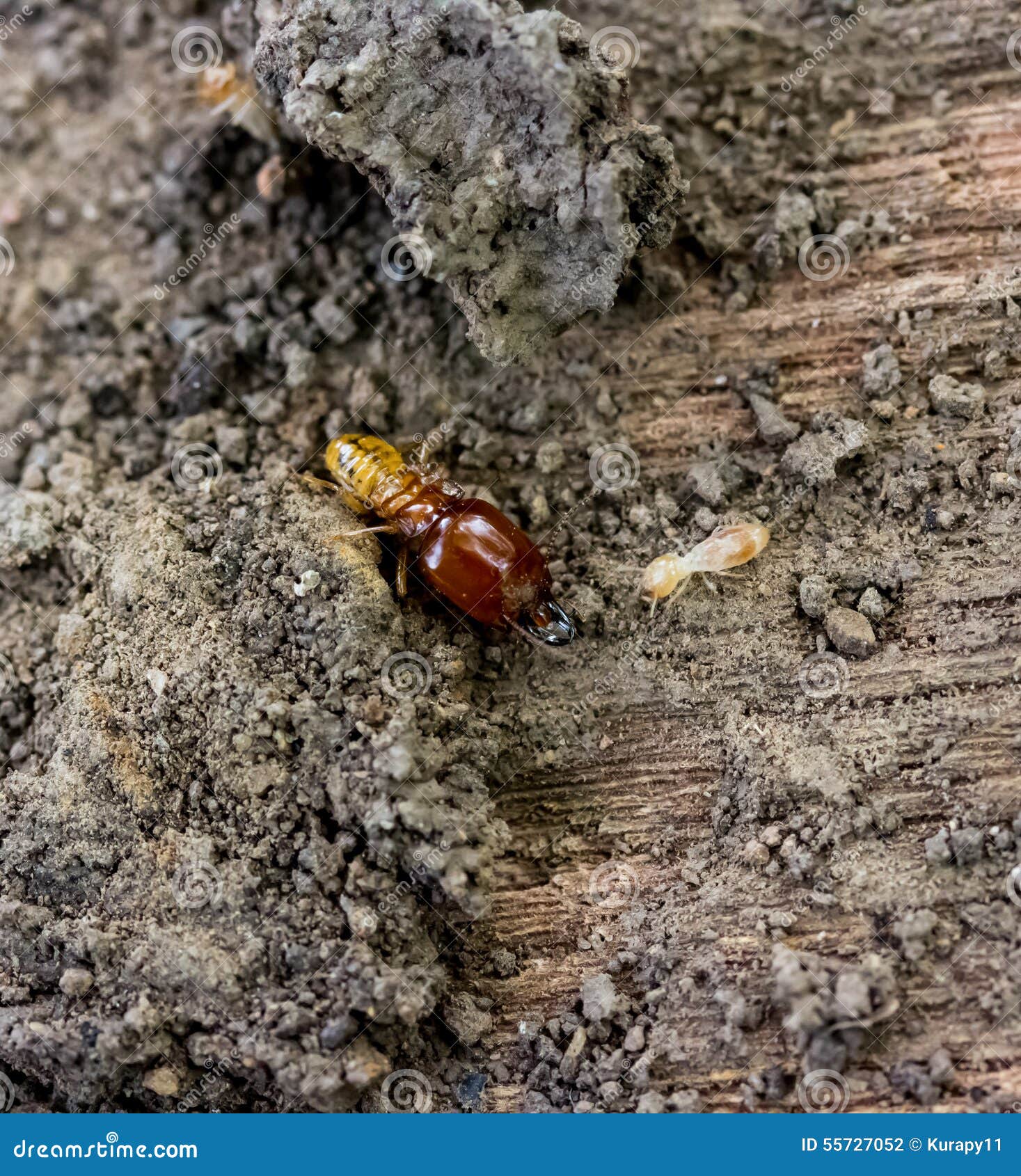

How can Gregory Pest remove termites from my home or business? Reducing and eliminating sources of moisture is an important part of termite prevention. You also need to look for other potential food sources of termites. Places such as expansion joints and other cracks and openings in the foundation. The first thing you need to do to prevent termites is to become aware of the places they are most likely to use to get inside your home or business. Termites are an especially tricky pest to prevent, but don’t worry – there are steps you can take to keep them away from and out of your home or business. Termite infestations are something that needs to be taken especially seriously because they cause damage totaling upwards of $5 billion per year, and most insurance plans don’t cover treatment or repairs due to termites. This includes paper, materials made with cotton, drywall paper, and anything made with wood. Termites will consume anything that contains cellulose. They also love wood that’s in contact with the foundations of your home or business so they can travel from underground burrows up and into the wood without as much difficulty. Leaky pipes, lack of drainage, and other moisture inducing situations attract termites. Termites are drawn in by the same things that draw other wood-boring insects: access to wood, especially kinds that are moist and unfinished or untreated. An especially difficult termite infestation can gut an entire home before the homeowners are even aware, which is not only incredibly costly but dangerous as well. The biggest danger they present, however, is the damage they can cause to home furnishings and infrastructure. They’re also not known to carry diseases that can cause damage to humans. They could bite but unlike many other pests, they are not toxic. Their size is between 1/4 of an inch to about 3/8 of an inch, and their coloring varies in shade from light cream to darker black-brown depending on their role in the colony they live in. They have thick waists, straight antennae, and short legs.

Physically, these three varieties of termite look fairly similar. They can live within wood and plug up holes to preserve moisture.

Finally, dampwood termites are larger and can only survive in moist, humid environments. Drywood termites are more commonly found in the southern United States and, like their namesake, prefer dry wood (unlike most of their kin). Subterranean termites live in the soil and are willing to tunnel dozens of meters just to find wood to feed on. There are three main varieties of termites: subterranean, drywood, and dampwood.


 0 kommentar(er)
0 kommentar(er)
